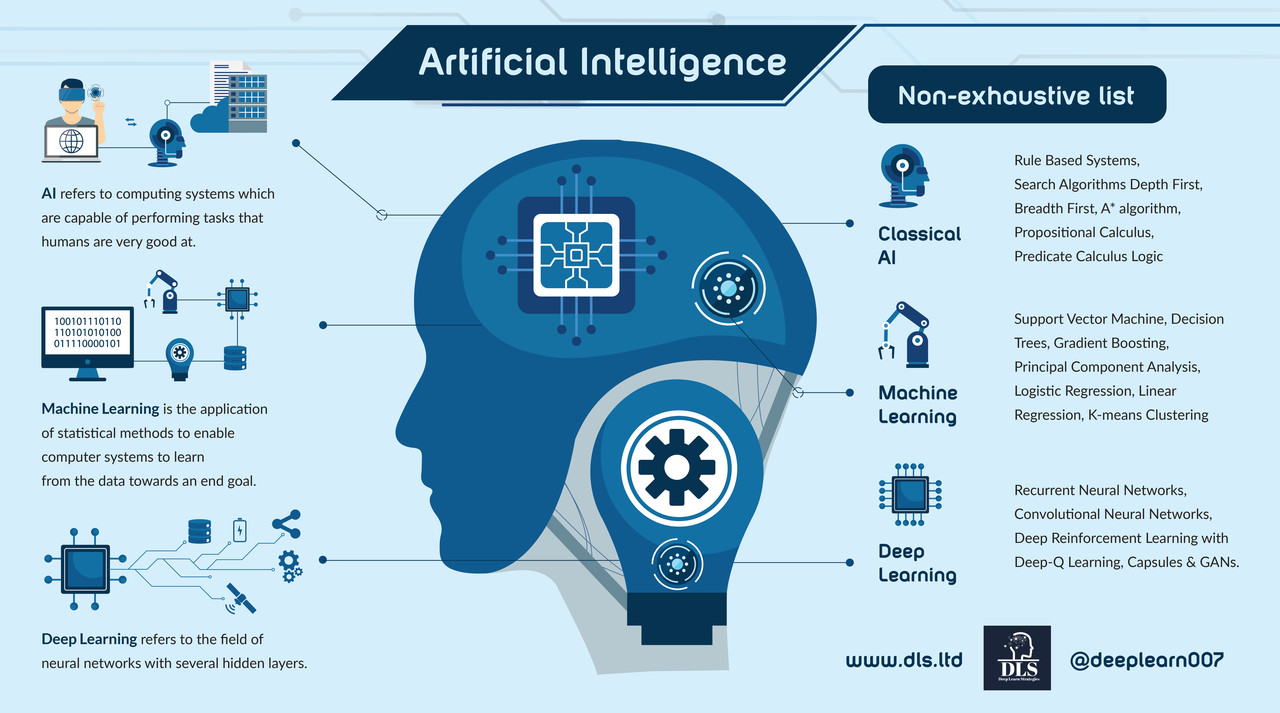Economic Shifts A Historical Analysis of US Trends
Exploring Economic Trends Across US History
The Early Years: Agrarian Roots and Economic Expansion
In the early years of American history, the economy was primarily agrarian, with agriculture serving as the backbone of the nation’s prosperity. The abundance of fertile land and favorable climate conditions allowed for the cultivation of crops such as tobacco, cotton, and wheat, which fueled economic growth and expansion. This period saw the emergence of large plantations in the South, powered by slave labor, while the North developed a diverse economy based on farming, trade, and industry.
Industrial Revolution: Transforming the Economic Landscape
The Industrial Revolution marked a significant turning point in US economic history, as it brought about unprecedented advancements in technology, manufacturing, and transportation. Innovations such as the steam engine, mechanized farming equipment, and the telegraph revolutionized production processes and facilitated the rapid growth of industry. This period saw the rise of cities and urban centers, as people migrated from rural areas in search of employment opportunities in factories and mills.
The Great Depression: Economic Turmoil and Social Upheaval
The Great Depression of the 1930s was one of the most challenging periods in US economic history, characterized by widespread unemployment, financial instability, and social hardship. The stock market crash of 1929 triggered a downward spiral, leading to the closure of banks, businesses, and farms across the country. The government implemented various relief programs and economic reforms under President Franklin D. Roosevelt’s New Deal to alleviate the suffering and stimulate recovery.
Post-War Boom: Economic Expansion and Prosperity
The post-World War II era witnessed unprecedented economic growth and prosperity in the United States. The country emerged from the war as a global superpower, with its industrial capacity largely intact and its economy booming. The GI Bill provided returning veterans with access to education, housing, and employment opportunities, while government investments in infrastructure and technology fueled innovation and productivity gains.
Oil Crisis and Stagflation: Economic Challenges of the 1970s
The 1970s were marked by economic turmoil and uncertainty, driven in part by the oil crisis and stagflation. The Organization of Petroleum Exporting Countries (OPEC) imposed an oil embargo in response to US support for Israel during the Yom Kippur War, leading to skyrocketing oil prices and fuel shortages. Combined with rising inflation and stagnant economic growth, this period of stagflation posed significant challenges for policymakers and businesses alike.
Tech Boom and Dot-Com Bubble: The Rise of the Digital Economy
The late 20th century witnessed the emergence of the digital revolution, as advancements in computing and telecommunications technology transformed the way business was conducted. The rise of the internet and the proliferation of personal computers paved the way for the growth of the tech industry, with companies like Microsoft, Apple, and Google leading the charge. However, the rapid expansion of the dot-com sector also led to speculation and excess, culminating in the burst of the dot-com bubble in the early 2000s.
Financial Crisis and Recession: Lessons Learned from the 2008 Downturn
The financial crisis of 2008 was a














